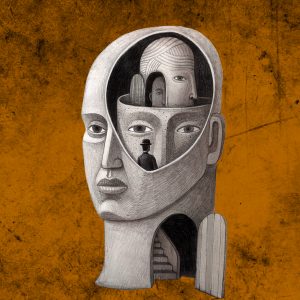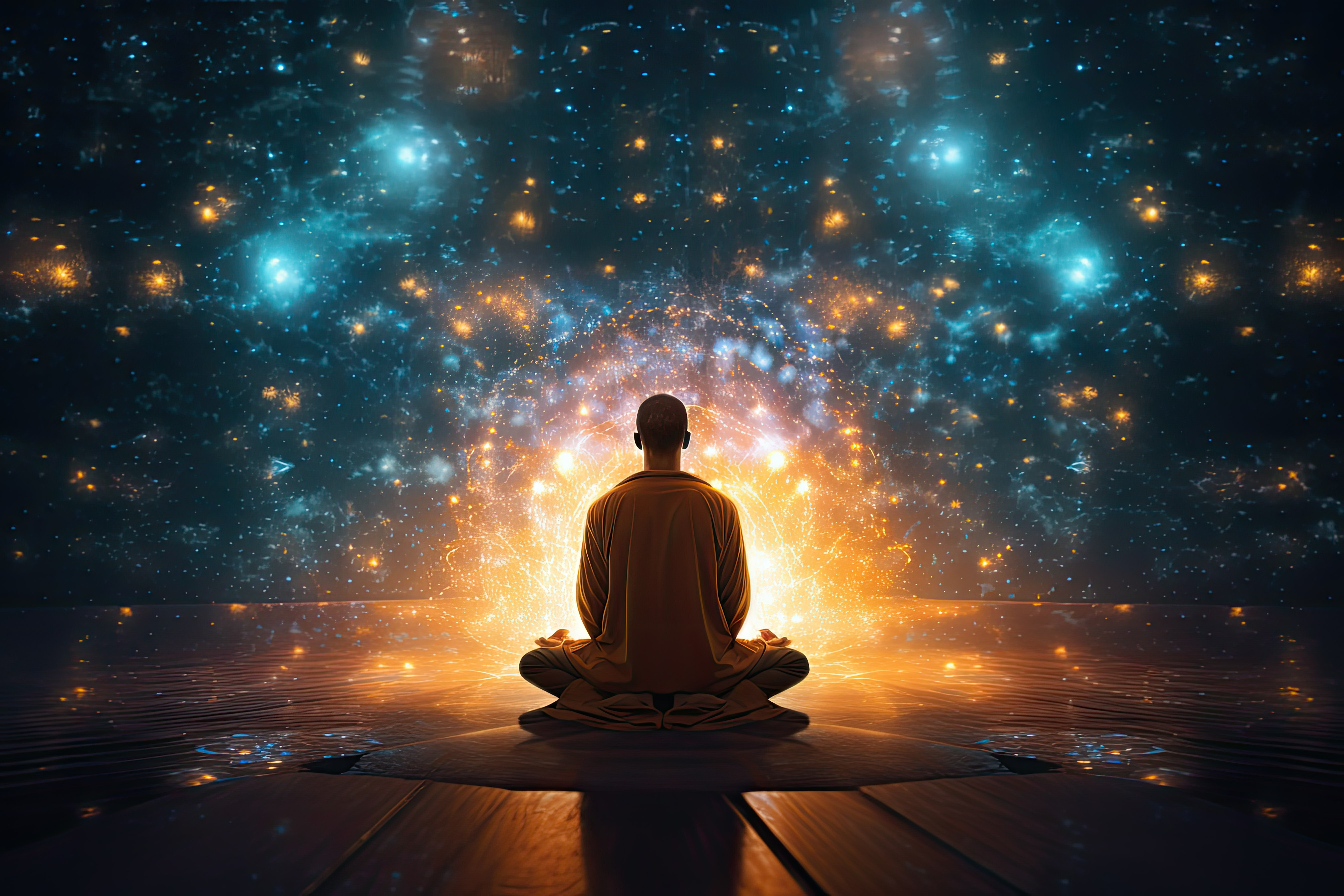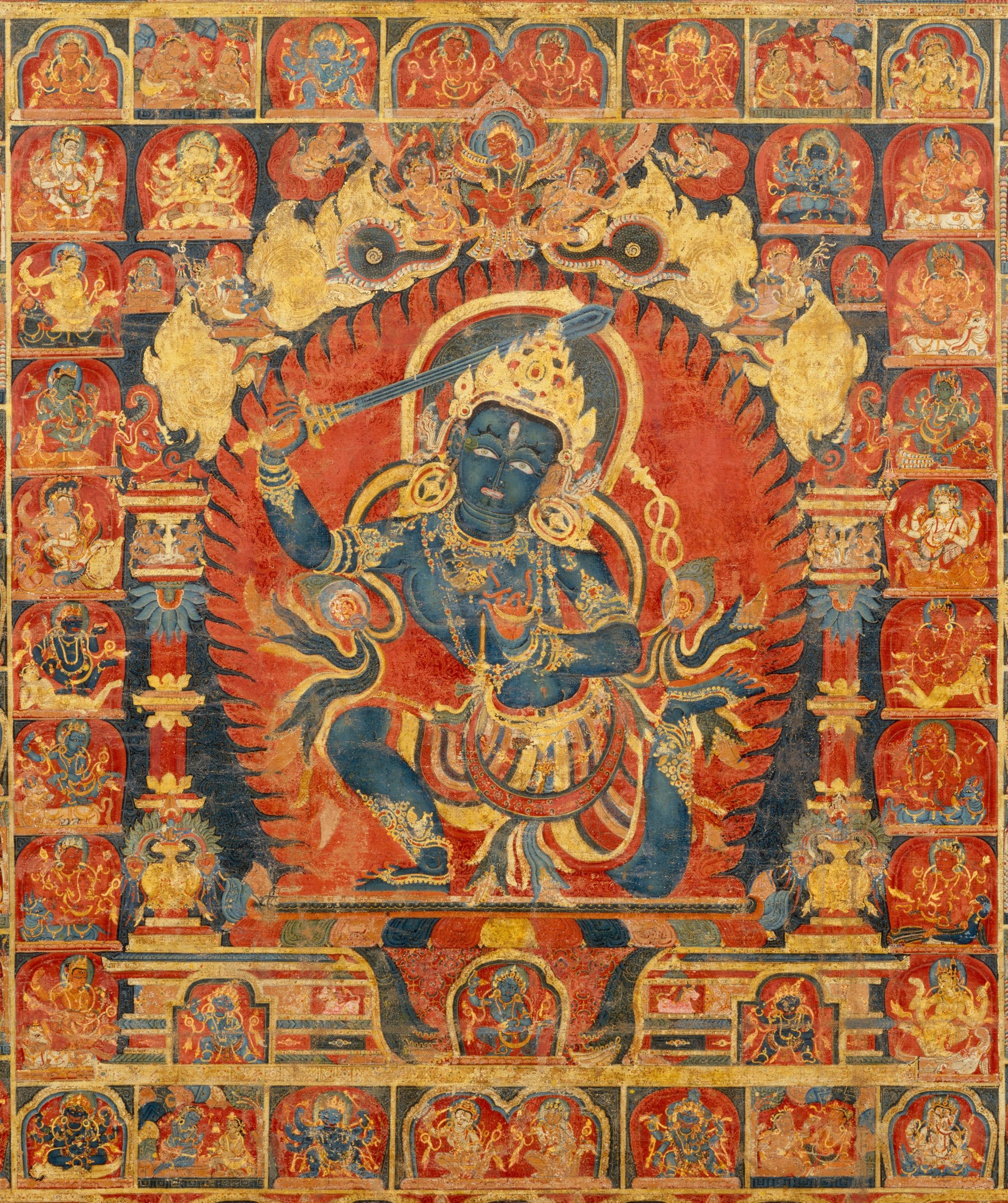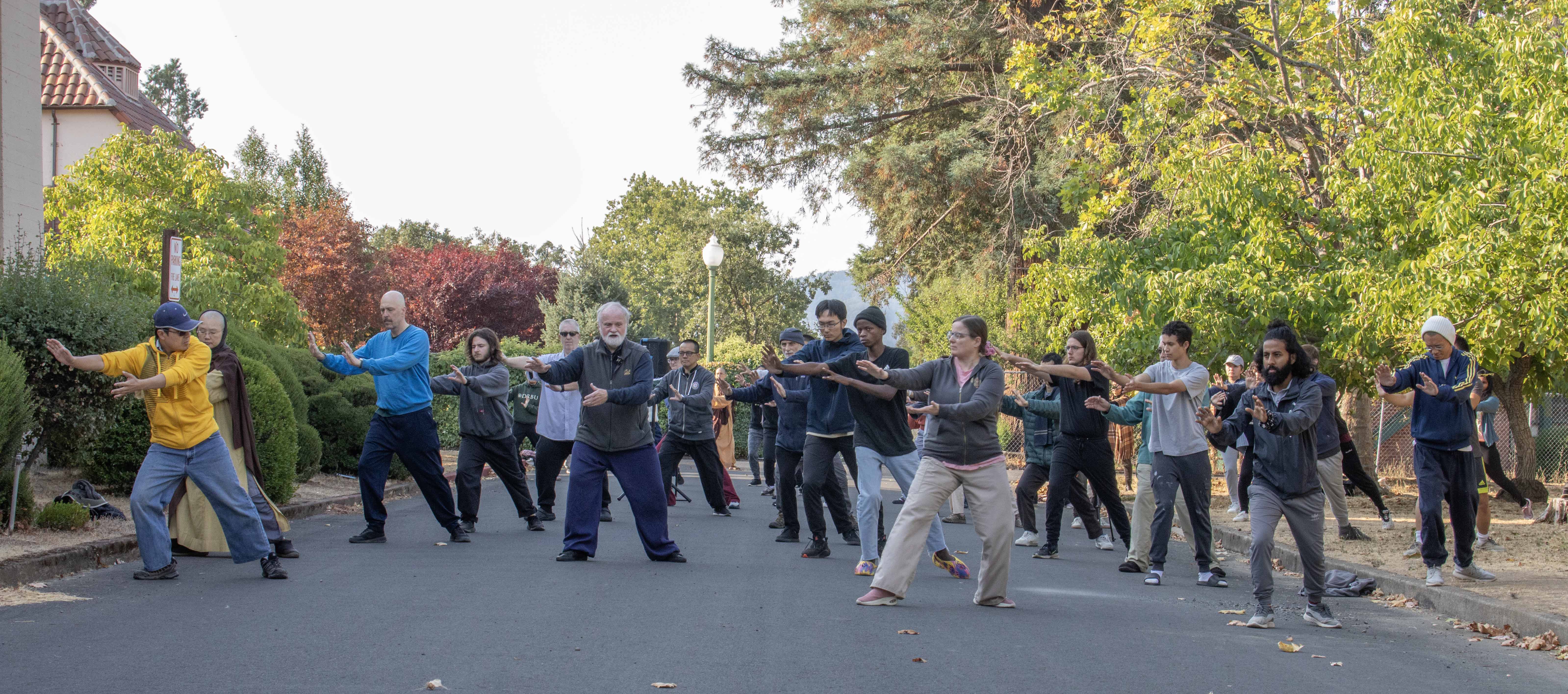
One Practice, One Place, One Time—This Present Mind
The following is an excerpt of Professor Martin Verhoeven’s talk as part of the university’s Self-Cultivation Check-in program offered by the Spiritual Life team on April 26.
Even though we tried to “try our best,” invariably we didn’t succeed. The “ingrained habits” that Han Shan talks about tripped us up, clouded our vision. The monastery was one place, the outside world seemed like quite another. But Master Hua never lets us blame the outside, or create a false dichotomy. The outside was not the problem, “everything was made from the mind, our own mind, alone.” If your mind was still and clear, even in the marketplace, all is calm, all is bright. If, however, your mind is unsettled and seeking, then even in a jeweled temple on a high mountain, there will be no peace. Mistakes will be made. There is only onepractice, one place, one time—this present mind.
The Sixth Patriarch told his disciples: “If no matter where you are, whether you are walking, standing, sitting, or lying down, you can maintain a sincere, straightforward and direct singleness of mind that never leaves the place of awakening, the real Pure Land—this is called the ‘single-practice samadhi.’”
Master Hua gave us a similar verse to steer by:
“Walking, standing, sitting, lying down,
do not separate from this.
If you separate from this,
before your eyes you’ll go amiss”
The Sixth Patriarch called this “the single practice samadhi.”
The Good and Wise Friends, the Single-Practice Samadhi means always maintaining a direct mind in all situations, whether walking, standing, sitting, or reclining. As the Vimalakirti Sutra says, “The direct mind is the place of awakening; the direct mind is the Pure Land.”
So always when meeting with Master Hua, he would ask: “zen me yang?” (‘what’s going on?’), but he did not mean it casually; rather more like, “What is going on right now in your mind?” Where’s it at? The usual conventional meaning of the phrase, “zai bu zai?” simply asks “are you there?” or “is so-and-so there/available?” But Chan Master Hua turned the question inward, to the mind-ground, probing “Where are you right now? Where is your mind? Is it present (zai) here and now, or ‘false thinking’ (bu zai)?” Master Hua always taught from and to the mind-ground.
This kind of cultivation is not easy, it’s hard. I once asked, “Why is it so hard!?” The Master smiled and replied, “If it were easy, then everyone would be a buddha.” Like climbing a 100 ft pole: going up is hard, sliding down is easy. And yet, it is only “a single thought!” Like his short little book, “The Ten Dharma Realms Not Beyond A Single Thought,” he brought us back to our here-and-now thoughts, to the root, the beginning of all realms of existence. Actually, he explained his title to mean “the ten dharma realms are not beyond a single thought of this present mind.” The largest things begin in the smallest of places.
Huineng also taught like this. Prajna (wisdom) was not something one attained, but a continuous mindfulness that one maintained. He said, “In every place and in every moment, in thought after thought, never becoming muddled and constantly acting wisely—just this is practicing prajna. With one deluded thought, prajna is cut off. With one wise thought, prajna springs to life. . . “
One thought unconfused, one thought buddha; thought after thought unconfused, thought after thought, buddha. One thought confused, one thought an ordinary living being; thought after thought confused, thought after thought, an ordinary living being.
This present mind, here and now, is the only window we have to interrupt and change the “flow” of “thought after thought.” Often, after a week or two of intense retreat sessions (chan, or Pure Land, or bowing) I felt like I had it down. But then Master Hua would say, “Easy to be ‘thus, thus unmoving’ sitting on your cushion in the hall, but it doesn’t actually count unless you can maintain your samadhi in the midst of the 10,000 things.” So he would test us by sending us out on errands, or to a rowdy political event, or abroad. To see how we fared against the eight winds. Not real unless can stand up against the push and pull of 8 winds: “eight winds (八風)” (aka “eight worldly concerns”, aka “eight worldly dharmas”): praise (稱), ridicule (譏), honor (譽), disgrace (毀), gain (得), loss (失), pleasure (樂) and misery (苦) – interpersonal forces of the material world. We’d sit for weeks in Chan or Pure Land meditation, then be pushed off cushion into the outside world. “Oops, where did my Pure Land go!? Who messed up my samadhi?!”
The mistake was one thing; not learning from my mistake was another. “Don’t fear you will make mistakes or have faults and flaws; only fear you won’t recognize them,” he would say. Recognizing and owning up to a mistake or character flaw, was never mocked, or belittled. Covering them over, however, was adding a fault on top of a fault.
The sagely person has few errors;
The superior person changes his errors;
The petty person covers over her errors;
The stupid person sees no errors.
Early on, he told me: “Whatever you cannot see through and put down will obstruct you.” The converse is equally true and important: whatever obstructs you is what you cannot/have not seen through and put down/let go of. So, what may seem like difficulties, obstacles, lack of supportive environment, etc. actually can be kalyanamitra, a Good and Wise Mentor. Every obstacle, adverse situation, upsetting event, even a person who rubs you the wrong way is a potentially invaluable teacher. It is pointing right to our attachments. In a spurt of vigor I declared to the Master, “Shifu I am going confront all the obstacle thrown at me and smash them!” He replied, “Obstacles don’t come from outside; they are whatever you cannot see through and let go. . . Don’t smash them; let them melt away.” Key is to remember that “all conditioned dharmas are like dreams, illusions, bubbles, and shadows; like dew drops and lightning flash.” If I get obstructed, blown away, “moved” by them, it means see them as real, not as they really are, and I am still chasing after them, still unwilling to let go, what fundamentally can never be got hold of. The ‘mistaking’ part, though, was not to throw you into a tailspin of wallowing in sinfulness, or self-deprecating, helpless/hopeless despair etc. The proper response, was as the verse indicated, “to start anew.” Try again.Try your best…even if again and again and again. Just learn, laugh, and start over. Sometimes, we would formally repent of errors and faults. If we were sincere and came clean, the Master would often recite this verse:
Offenses arise from the mind,
Yet, we use the mind to repent/correct them.
When the mind is forgotten,
Offenses are no more.
Mind forgotten, offenses eradicated—
both are empty.
This is called true repentance and reform.


